From 1972 to 1973, Herbert Mullin brutally murdered 13 people in California, convinced that he was meant to kill in order to prevent an earthquake from destroying the state.
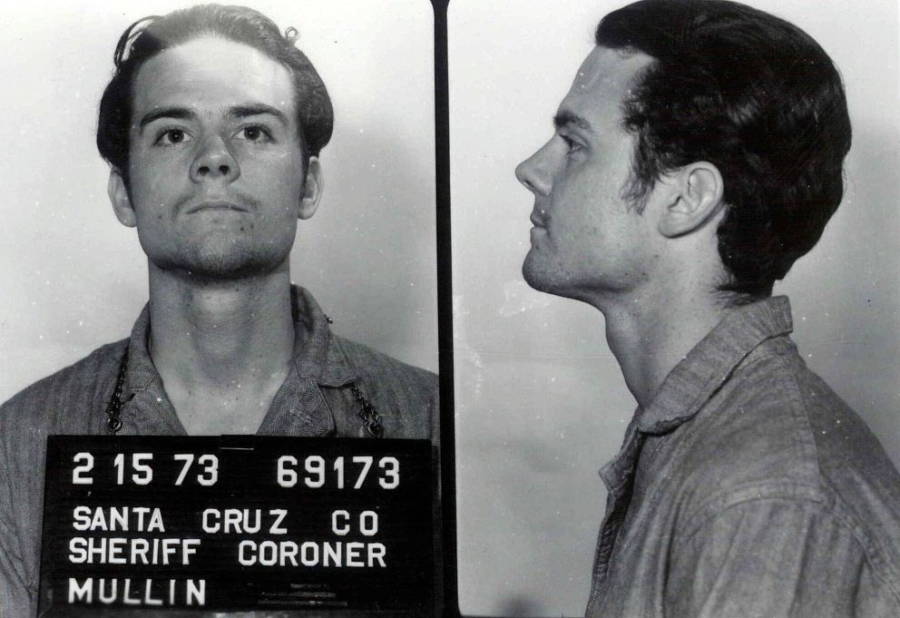
Public DomainHerbert Mullin was a diagnosed schizophrenic who claimed that his victims were “human sacrifices.”
In 1972, Herbert Mullin believed that there would soon be a massive earthquake near his home in northern California.
A diagnosed schizophrenic who’d heard voices in his head warning him about the disaster, Mullin thought that he could stop the earthquake from happening if he murdered people — and that’s exactly what he did.
In late 1972 and early 1973, Herbert Mullin brutally killed 13 people, sent the Santa Cruz area into a state of panic, and solidified his horrific and bizarre legacy as the “Earthquake Killer.”
Herbert Mullin’s Life Before The Murders
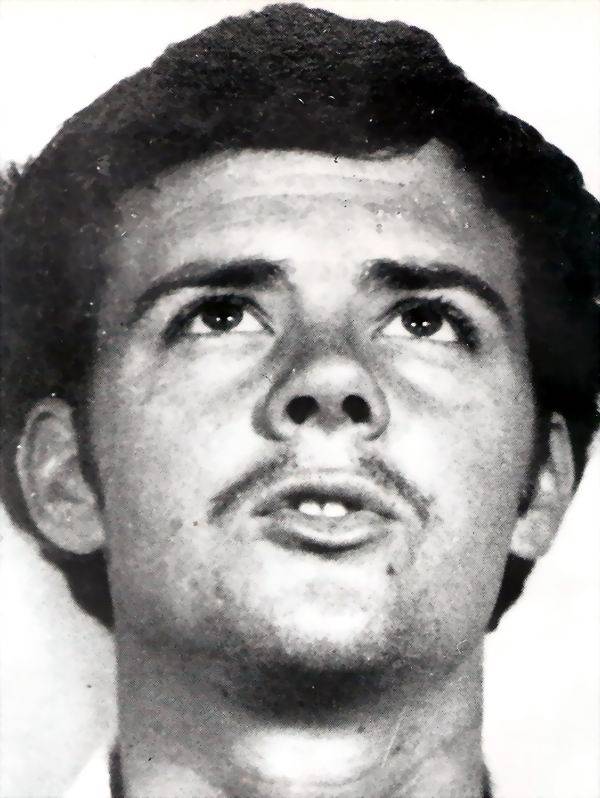
MurderpediaHerbert Mullin kept his true nature hidden for much of his early life.
Born on April 18, 1947, in Salinas, California, Herbert Mullin started out leading a seemingly normal life with a caring family. By the time he graduated high school, he was named “most likely to succeed.”
But just after high school, things took a turn for the worse. His best friend was killed in a car accident, a tragic event that some experts believe may have triggered the onset of schizophrenia for Mullin.
Then, at age 19, Mullin tried cannabis and LSD for the first time, soon becoming a regular user. His drug use reportedly worsened the symptoms of his mental illness, and by the time he was 21, his family began to notice the signs of schizophrenia. Although he voluntarily entered a local hospital for treatment, he left after six weeks and was given a “poor” prognosis.
Mullin entered several hospitals and programs in the following years, both voluntarily and involuntarily, but he didn’t stick to his recommended medication and group therapy sessions. His prognosis went from “poor” to “grave.” It was around that same time that Mullin began telling his coworkers that he was hearing voices. By the age of 23, he had been diagnosed as a schizophrenic by three different doctors.
A Growing Obsession With Deadly Earthquakes
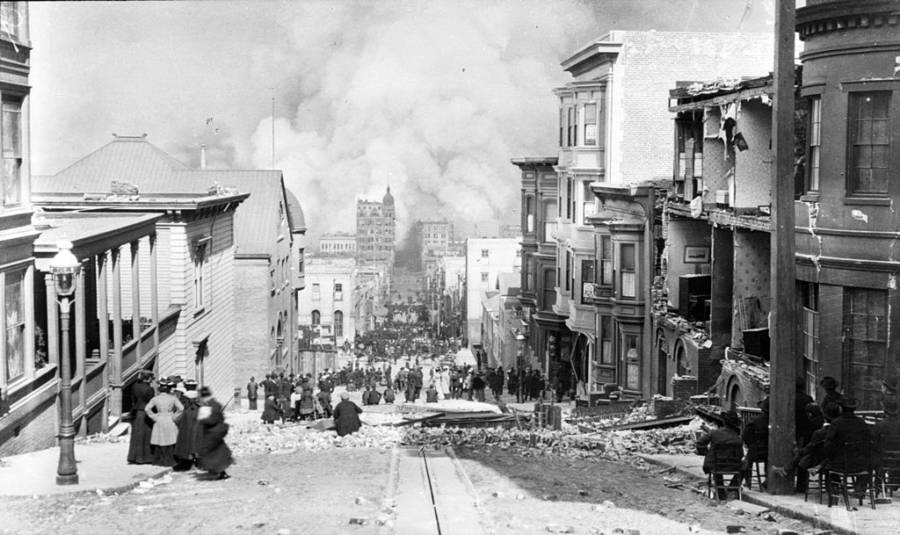
Wikimedia CommonsThe aftermath of the horrific San Francisco Earthquake of 1906.
Herbert Mullin’s birthday was the anniversary of the devastating San Francisco Earthquake of 1906. And as his schizophrenia worsened, he became increasingly obsessed with his birthday.
In 1972, a mathematician predicted that on Jan. 4, 1973, the San Andreas Fault would once again unleash a destructive earthquake on northern California.
The voices in Mullin’s head, already connecting his birthday with earthquakes, told him that human sacrifice was the key to preventing another terrible disaster from unfolding.
Mullin later said, “We human beings, through the history of the world, have protected our continents from cataclysmic earthquakes by murder. In other words, a minor natural disaster avoids a major natural disaster.”
Herbert Mullin’s Murder Spree Begins
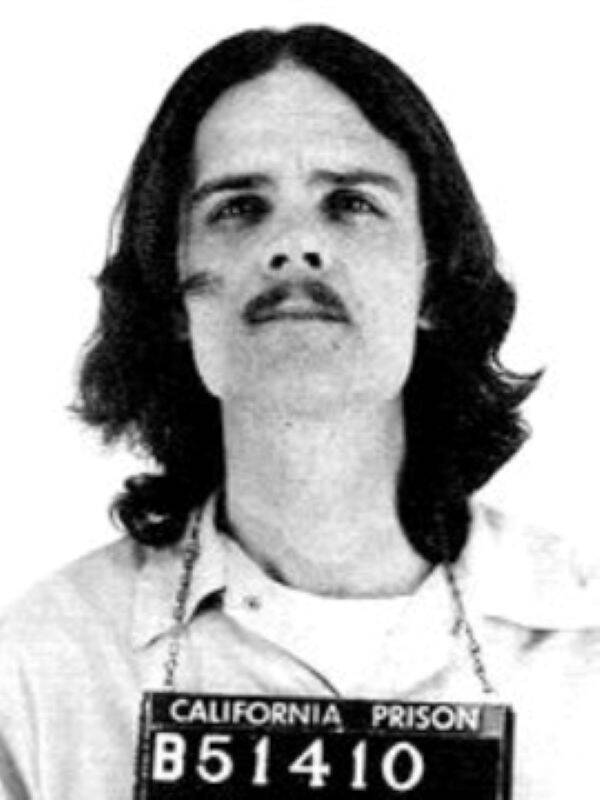
California Department of CorrectionsHerbert Mullin’s mugshot from around 1973.
With human sacrifice on his mind, Herbert Mullin started his killing spree by murdering a transient man named Lawrence White on Oct. 13, 1972. He beat White to death with a bat after seeing the man attempting to hitchhike on the side of a road. Mullin later claimed that he believed White to be Jonah from the Bible, and said that “Jonah” had telepathically asked Mullin to kill him so that other people would be saved.
Mullin’s second victim was Mary Guilfoyle, a college student who had been hitchhiking on October 24th. Mullin stabbed and dismembered her, then scattered her remains along the side of a road. Disturbingly, he later said that he had hoped to find evidence that her blood was somehow “polluted.”
The third murder occurred on November 2nd, when Mullin went to a Catholic church to confess his sins to Father Henri Tomei. Mullin then beat and stabbed the priest to death, purportedly believing that he had also “volunteered” as a human sacrifice. After the fatal attack, Mullin fled, and Tomei bled to death right there in the confessional.
Then, on Jan. 25, 1973, Mullin killed five people all in one day. No earthquake had come, and he was only more sure that his killings were what was keeping the disaster at bay. During that especially violent day in January, he murdered an old friend and his wife, then a woman and her two children in the house that his friend had once lived in.
With his body count now at eight, he went to a campsite and killed a group of four teenagers at once on February 6th. Mullin later said that he believed he had communicated telepathically with the victims and that they had given him permission to murder them.
Mullin didn’t limit himself to a specific kind of murder. Some people he beat to death, others he stabbed with a knife, or shot with a gun. The times between his murders could also vary greatly. Sometimes, he’d kill multiple people per month or even per day, and other times, he’d go on a “hiatus.”
Chillingly, he also didn’t seek out a specific type of victim. Mullin slaughtered men, women, and children, and his victims ranged in age from four to 72 years old.
Herbert Mullin Gets His Day In Court
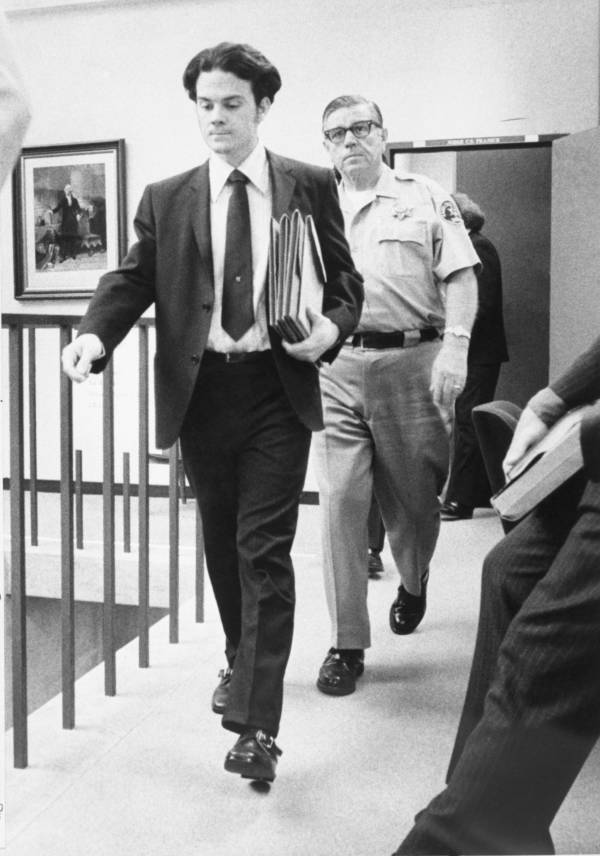
Bettmann/Contributor/Getty ImagesHerbert Mullin at a courthouse in April 1973.
Herbert Mullin was finally caught following his 13th and final murder, on February 13th. After Mullin shot and killed a man in his front yard in broad daylight, the victim’s neighbor noted Mullin’s license plate number and quickly called the police. When caught, Mullin didn’t resist arrest.
Prosecutors in Santa Cruz were able to try Mullin for 10 of the 13 murders that he’d committed. Mullin tried to represent himself in court, but the judge decided that he was not mentally competent enough for that, and so he was assigned a public defender. Although Mullin attempted to fire the public defender, the judge refused to allow it.
During the trial, Mullin talked about the voices he had been hearing, the ones that had been telling him to kill. He referred to the messages as “die songs.”
Despite this, prosecutors produced evidence implying premeditation in some of the crimes, suggesting that Mullin was legally sane. He was convicted of 10 murders in Santa Cruz, and he was also convicted of an additional murder in Santa Clara County, which he was tried separately for.
Mullin was sentenced to multiple life sentences for his crimes. He later tried to qualify for release on parole, but he was denied again and again.

California Department of Corrections and RehabilitationHerbert Mullin in 2022, pictured shortly before his death from natural causes.
At one point, another serial killer named Edmund Kemper was held in a neighboring cell next to Mullin’s cell. Kemper had killed eight women, also in the Santa Cruz area, during the early 1970s. Their overlap in serial killing sprees led Santa Cruz to be dubbed “Murdersville, U.S.A.” by District Attorney Peter Chang.
The two murderers had something of a strange relationship, where Kemper sometimes fed Mullin peanuts when he was happy with him, and other times threw water on him when he was angry with him. Once Kemper was moved to a different facility, there’s no indication the two stayed in touch. But reportedly, Kemper thought it was “best for society to just kill Mullin.”
Instead, Mullin spent the rest of his life in prison. He died at the age of 75 on August 18, 2022. At that time, he was serving out his life sentences in the California Health Care Facility, a place specifically designed for incarcerated people in need of long-term mental health treatment.
After this look at Herbert Mullin, read up on Nikko Jenkins, the murderer who killed his victims in order to please an ancient Egyptian serpent god. Then, discover the stories of the worst serial killers in history.





